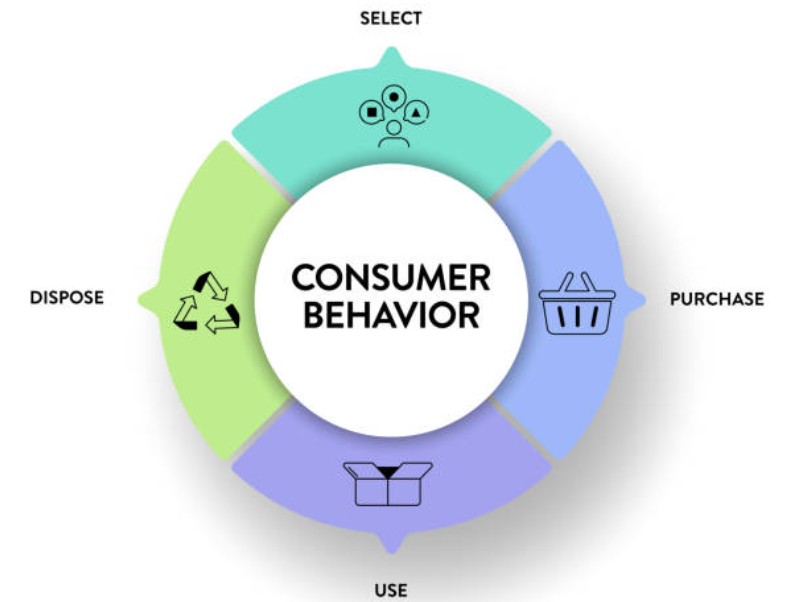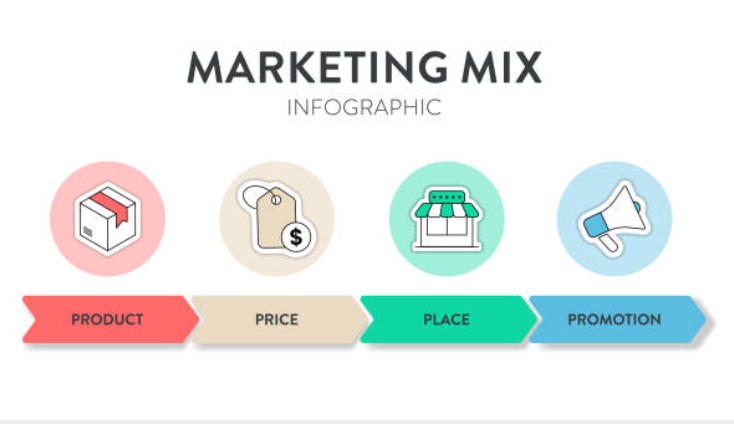What are the 4 ways that we could split market research data?
Last Updated on
Have you ever paused to ask, what are the 4 ways that we could split market research data? In the bustling world of UK business, where understanding your customers is the key to staying ahead, knowing how to dissect your market research can transform your strategy.
This comprehensive guide takes you on an engaging journey from A to Z through the various methods of data segmentation, arming you with the insights you need to make smarter decisions and drive your business forward.
Why Should You Care About Splitting Market Research Data?
Imagine being at a crowded party where every guest represents a potential customer. Without a strategy to understand who is who, you might end up talking to the wrong people. Splitting market research data helps you identify the key segments within your audience so you can tailor your approach with precision.
For UK small business owners, this isn’t just about gathering numbers—it’s about understanding the nuances that differentiate one customer from another, allowing you to communicate your message more effectively and ultimately boost your bottom line.
What are the 4 ways that we could split market research data?
Let’s dive into the four fundamental methods that answer our central query. Each approach unveils a different layer of insight into your market:
Demographic Segmentation

This method involves categorising your data based on measurable characteristics such as age, gender, income, education, and occupation. Imagine pinpointing exactly which age group or income bracket is most likely to resonate with your product or service. For UK businesses, this can be incredibly powerful when crafting campaigns that speak directly to your target demographic.
Geographic Segmentation

Geographic segmentation divides your market based on location. Whether you’re targeting an entire nation, a specific region, or even particular neighbourhoods, this method is essential for understanding local trends and cultural differences. For instance, a small business in London may need a different strategy compared to one in rural Scotland.
Psychographic Segmentation

Going beyond the basics, psychographic segmentation looks at the lifestyle, values, attitudes, and interests of your customers. This method helps you grasp the ‘why’ behind consumer behaviour, offering a more intimate understanding of what drives their decisions. It’s about connecting with your audience on a deeper level, something every UK marketer will find invaluable.
Behavioural Segmentation

This technique focuses on how customers interact with your brand, examining patterns in purchasing behaviour, product usage, and loyalty. It’s one thing to know who your customers are and where they live, but behavioural segmentation reveals their actions, enabling you to predict future trends and adjust your strategies accordingly.
How Do These Segmentation Methods Work Together?
When you ask, what are the 4 ways that we could split market research data? The answer is not simply about isolated methods; it’s about understanding how they complement each other. Demographic and geographic segmentation provides the foundational details, while psychographic and behavioural segmentation adds layers of emotional and practical insight. Together, they create a rich tapestry of data that can be used to fine-tune your marketing strategies.
Consider this: A small business in Manchester might use demographic and geographic data to target young professionals in urban areas. Then, by applying psychographic and behavioural segmentation, they can further refine their strategy by understanding the lifestyles and purchasing patterns of these professionals. This integrated approach not only sharpens your competitive edge but also ensures that every marketing dollar is spent wisely.
What Are the Real-World Benefits for UK Businesses?

For UK small business owners, mastering these four segmentation methods is more than an academic exercise—it’s a strategic tool that can lead to tangible results. By breaking down your market research data, you can identify niche segments that competitors may have overlooked, tailor your products or services to meet specific needs and develop targeted campaigns that resonate on a personal level.
This precision in marketing can lead to improved customer satisfaction, higher conversion rates, and ultimately, a stronger market presence.
How Can You Get Started with Splitting Your Market Research Data?
Taking the plunge into data segmentation may seem overwhelming, but the process can be straightforward if you follow a systematic approach. Begin by gathering reliable and comprehensive data from your customer interactions, surveys, and digital analytics.
Once you have your data, explore each segmentation method one by one. Experiment with combining these approaches to see which combinations yield the most actionable insights. And remember, even a few well-chosen data points can lead to profound revelations about your market.
In Conclusion: What are the 4 ways that we could split market research data?
To sum up, the answer to What are the 4 ways that we could split market research data? Lies in the powerful combination of demographic, geographic, psychographic, and behavioural segmentation. These methods allow you to see your market from multiple perspectives, each adding depth and clarity to your understanding of customer needs and preferences.
Embrace these techniques to transform raw data into strategic gold. For UK small business owners, this means more targeted marketing, better customer engagement, and a significant competitive advantage. Your market research isn’t just about numbers—it’s about telling the story of your customers and using that narrative to build a more successful business. Dive into the data, explore every facet, and let the insights guide you toward a brighter, more prosperous future.





